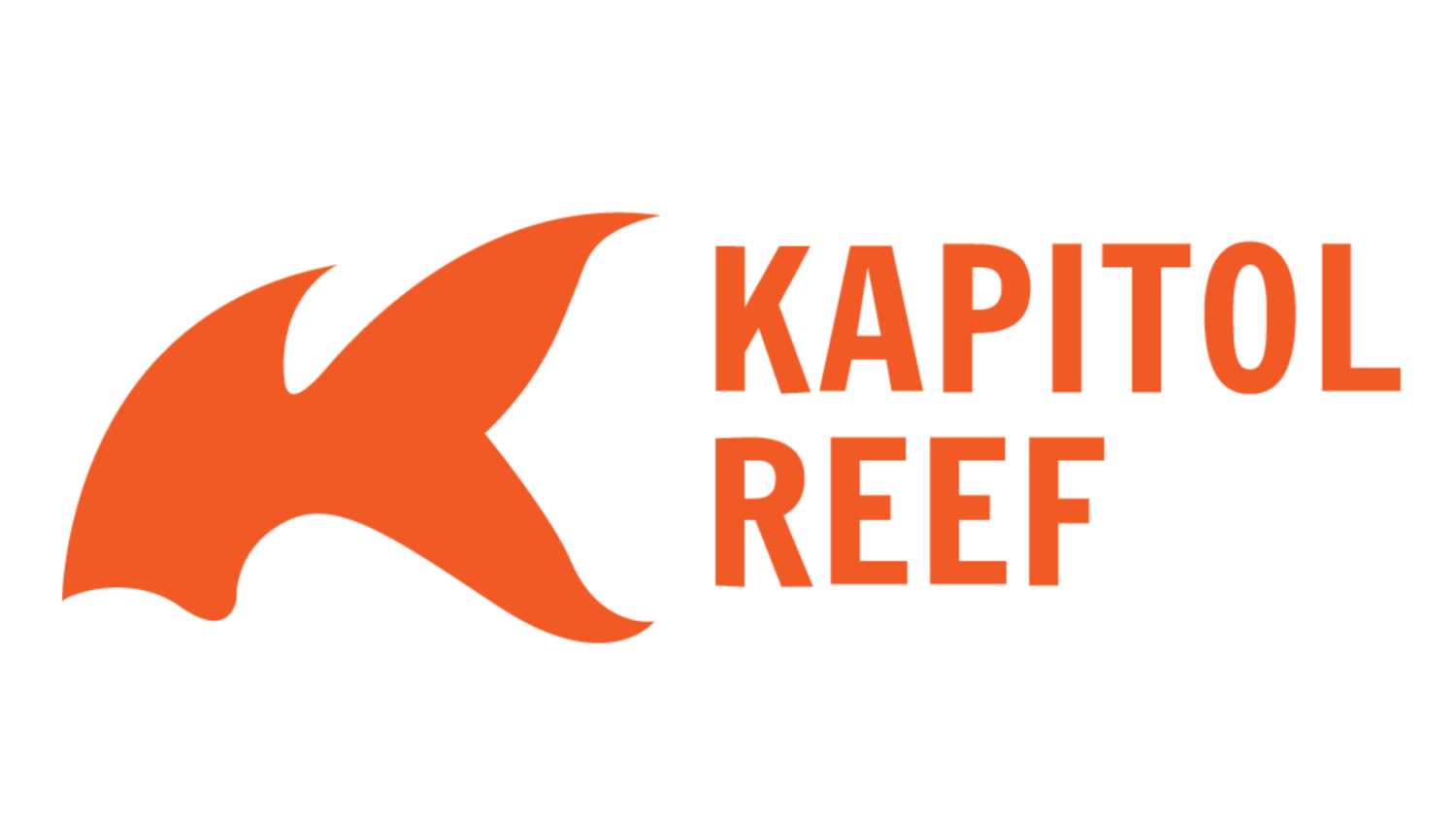Pre-Dive Safety *BWRAF*
/Before entering the water to begin your dive it is crucial that you and your dive buddy check one another’s gear thoroughly. Just like many other activities and hobbies scuba diving seems fun and easy, but if your equipment isn’t assembled correctly a number of things could go wrong the moment you go beneath the surface.
PADI’s Open Water Diver Manual makes these steps easy to remember by using the renowned term BWRAF “Begin With Review And Friend.” Adding the Pre-Dive safety check to your dive routine will make certain that you and your partners’ equipment is working properly and will allow you to have an enjoyable dive.
Once you and your dive buddy have finished assembling your own gear these are the few simple steps in order to perform the BWRAF Pre-Dive safety checklist.
1. Begin. B stands for BCD, or buoyancy control device. When checking over the BCD, it is important to make sure that all straps and connectors are straight and snug. Next, make sure that the tank is connected appropriately, strapped tightly, and working correctly. When doing this, it’s important to check that all of the hoses are connected and in great shape. Once you have done this, inflate and deflate the BCD making sure that the buttons, quick dumps, and mouth pieces are functioning properly without defects.
2. With. W stands for Weights. When diving, divers use weights to help keep them buoyant. Your buoyancy can be affected by several things such as body fat level, size of tank, and even your wet suit; making it hard to stay below the surface. Weights can either be stored within the integrated pouches of your BCD or on a weight belt. If your buddy is using an integrated system, make sure that you are both familiar with how it works. If they are using a belt, make sure that it’s secure, functioning properly, and can be released without any problems.
3. Review. R stands for Releases. Now is the time to check over all buckles, clips, and straps. It is very important that everything is working correctly and that they can be undone quickly without any issues. While doing this, it’s also important to call out where everything is located so that you and your buddy are familiar with how it operates and so that you can locate them without looking.
4. And. A stands for Air. Checking the air is incredibly important. First, look over all the hoses to make sure they don’t have any cracks or punctures and are in working order. Make sure that your buddy’s air valve is turned all the way on and a quarter turn back. Once the air is on, check to see if the dive computer and gauges are working, and have your buddy take a few breathes from the regulator while watching the gauges. Always test your buddy’s alternative regulator so that it’s easy to find in case of an emergency.
5. Friend. F stands for Final Check. The final check is where you check and secure all your accessories. Such as loose cords, hoses, cameras, lights, dive knives, or any other accessories you may have. Make sure that your Kapitol Reef snorkel is adjusted how you like. Make sure the mask seals and fits correctly and that the nose purge is blocked or unclogged of unwanted material. Next, look over your Kapitol Reef fins and make sure the straps are at the desired adjustment. Once everything looks good and is in working condition you are ready to enter the water.
When adding these few short steps to your pre-dive check and assembly, you and your buddy will have a great dive!
Make sure to subscribe to our newsletter to receive further blogs, news, and specials from Kapitol Reef. You can also join our Facebook Group and become a part of our online community!



